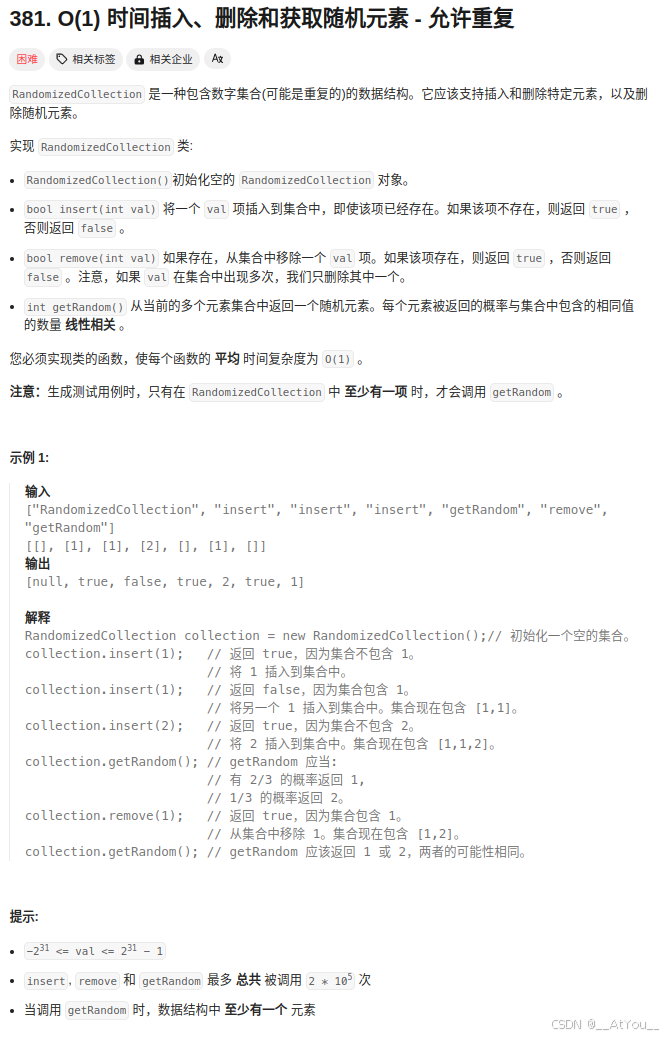一.作业
仿照string类,实现myString
#include <iostream>
#include <cstring> // 引入cstring以使用memcpy
using namespace std;
class myString
{
char *str; // 记录c风格的字符串
int size; // 记录字符串的实际长度
public:
// 无参构造
myString():size(10)
{
str = new char[size]; // 构造一个长度为10的字符串
}
// 有参构造
myString(const char *s)
{
size = strlen(s);
str = new char[size + 1];
strcpy(str, s);
}
// 判空函数
bool empty();
// size函数
int get_size();
// c_str函数
const char *c_str();
// at函数
char &at(int index);
// 字符串连接函数
//void my_strcat(char &ptr);
// 二倍扩容
void expend();
//拷贝构造函数
//拷贝赋值函数
// 析构函数
~myString()
{
delete []str; // 释放指针空间
cout << "释放成功" << endl;
}
};
// 判空函数
bool myString::empty()
{
if (size == 0)
{
return true;
}
return false;
}
// size函数
int myString::get_size()
{
return size;
}
// c_str函数
const char *myString::c_str()
{
if (str == NULL || empty())
{
cout << "转换失败"<<endl;
}
char *qtr = str;
cout << "转换成功:";
return qtr;
}
// at函数
char &myString::at(int index)
{
if (str == NULL || empty()|| index < 0 || index >= size)
{
cout << "查看失败";
}
return str[index];
}
// 二倍扩容
void myString::expend()
{
char *temp;
size=2*size;
temp =new char[size+2];
std::memcpy(temp,str,size/2*sizeof(char));
delete []str;
str =temp;
}
int main()
{
myString s("hello");
myString m="word";
cout << m.c_str() << endl;
cout << m.get_size() << endl;
cout << m.at(1) << endl;
cout << s.c_str() << endl;
cout << s.get_size() << endl;
cout << s.at(1) << endl;
cout << s.at(5) << endl;
return 0;
}
运行结果:

二.思维导图



![[LLM][Prompt Engineering]:思维链(CoT)](https://img-blog.csdnimg.cn/img_convert/641e41c292cc42c3da7d6ab1a727de2c.png)

















